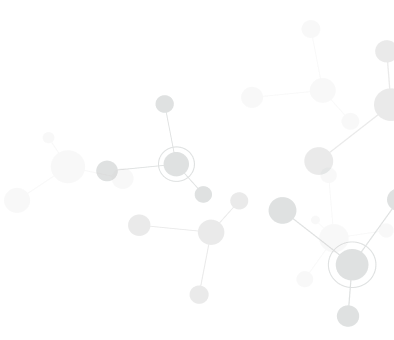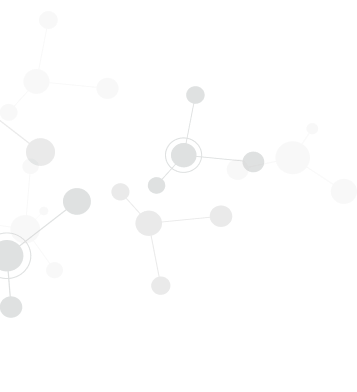INNOVATIVE
SOLUTIONS

Pipeline
A DIVERSIFIED AND INTEGRATED PIPELINE OF PRODUCTS FOR BRAIN HEALTHCARE
Pipeline
Our pipeline is focused on research in therapeutic areas where we believe we have the best opportunity to deliver ground breaking therapeutics to patients and the medical community. This is made possible by people who volunteer to participate in a clinical trial.


-
ALZHEIMER'S DISEASE
Alzheimer’s disease (AD) is an age-associated, neurodegenerative disease characterized by a progressive decline in memory and language, and, pathologically, by accumulation of senile plaques and neurofibrillary tangles in the brain.
Learn More -
Migraine
Migraine is the third most common disease in the world, affecting 1 billion people worldwide.
Learn More -
PARKINSON'S DISEASE
Parkinson’s disease is a progressive disorder that affects the nervous system and the parts of the body controlled by the nerves.
Learn More -
EPILEPSY
A form of Epilepsy that occurs in infants is called infantile Spasms (IS), also known as West Syndrome, and is a complex, rare and devastating disorder.
Our Therapeutic Areas

ALZHEIMER'S DISEASE
Alzheimer’s disease (AD) is an age-associated, neurodegenerative disease characterized by a progressive decline in memory and language, and, pathologically, by accumulation of senile plaques and neurofibrillary tangles in the brain. Despite significant advances in AD research, there exists a tremendous need for new AD therapies. Most developed countries will experience a dramatic demographic shift toward an older population in the next 50 years, which is anticipated to greatly increase the prevalence of AD. The rise in the number of AD patients will place a tremendous social and economic burden on the developed world.
Despite being identified over 100 years ago, the cause of Alzheimer’s disease is still not well understood. Unfortunately, drug development for AD has proven to be very difficult, with few successes and many failures. Currently, only 5 drugs are approved for the treatment of AD including 4 cholinesterase inhibitors (tacrine, donepezil, rivastigmine, galantamine) and an N-methyl-D-aspartate (NMDA) receptor antagonist (memantine). No new compounds have been approved for AD since 2003. Many failures in AD drug development have occurred, with both small molecules and immunotherapies failing to show significant effects or having unacceptable toxicity. As a result, there is a tremendous need for innovative AD therapies.
The lack of new treatments and the repeated failure of pipeline drugs have significantly impacted not only the lives of patients and associated family members, but also the economies of many developed and emerging countries. In 2013, it was calculated that the total cost for dementia care (largely AD) in the US was $215 billion. Further calculations demonstrated that the increasing prevalence of dementia, due to the aging of the US population will result in an increase of nearly 80% in total societal costs by 2040, with total care costs of approximately $511 billion. Therefore, the development of new treatments that delay onset or progression of the disease is desperately needed1. As the number of elderly surges in Asia, so does the prevalence of AD. Globally, the number of people with dementia is expected to increase to 135 million in 2050 with almost half of these cases coming from the Asia Pacific region2
INFANTILE SPASMS
Infantile Spasms (IS), also known as West Syndrome, is a form of epilepsy that occurs in infants. Infantile Spasms is a complex, rare and devastating disorder which can lead to severe consequences if not treated early. IS may occur as the result of another condition (symptomatic IS), such as infections of the brain, oxygen deficiency in the womb, metabolic and immunologic disorders, or there may be no identified etiology (cryptogenic IS). The majority of infants with IS present before the age of 1 year.
Lorem ipsum dolor sit amet consectetur adipisicing elit. Autem fugit mollitia consequuntur nesciunt adipisci? Necessitatibus obcaecati beatae corporis accusantium fuga deserunt inventore aspernatur autem, rem non nobis incidunt reiciendis iste.


MIGRAINE
Migraine is the third most common disease in the world, affecting 1 billion people worldwide. There is no cure for this neurologic disorder, characterised by attacks of moderate to severe throbbing head pain. In some cases, the so-called migraine with aura, the headaches may be accompanied by sensory disturbances, such as blurred vision, flashes of light, or blind spots. Migraine can affect anyone, but is most likely to occur in people who have family history of migraine and is most common in women between the ages of 18-44.4
Lorem ipsum dolor sit amet consectetur adipisicing elit. Voluptates sint dolorum cupiditate, consectetur distinctio laborum cumque eaque soluta rerum molestiae accusantium et minima perspiciatis, error qui, nam commodi? Est, non?